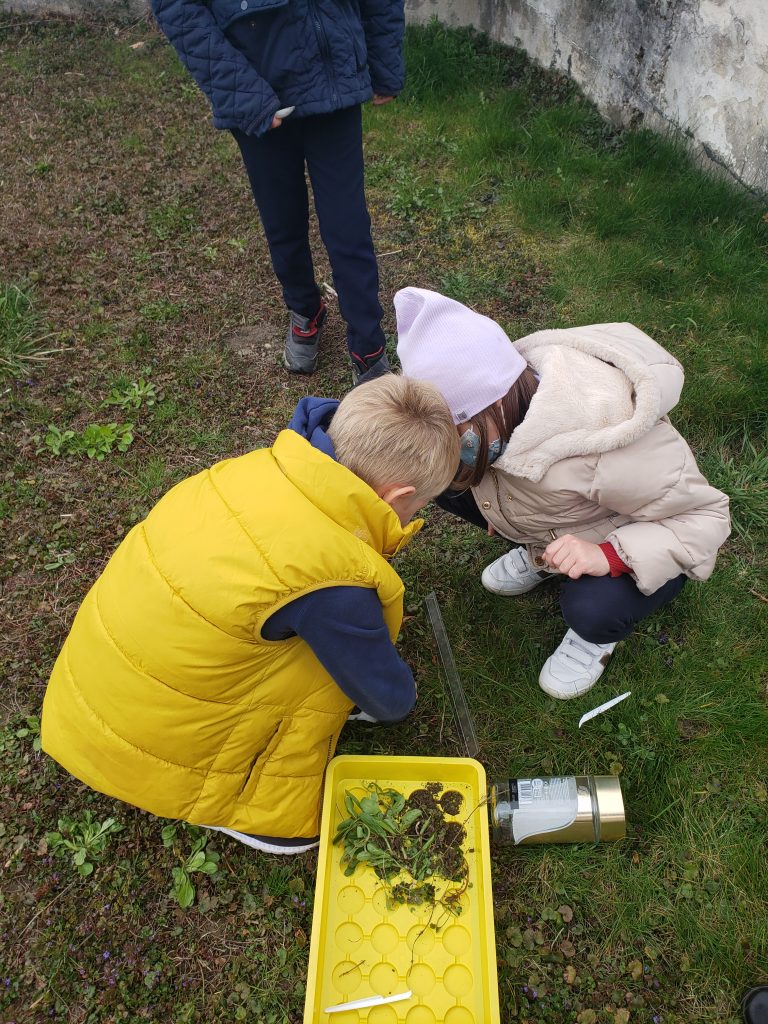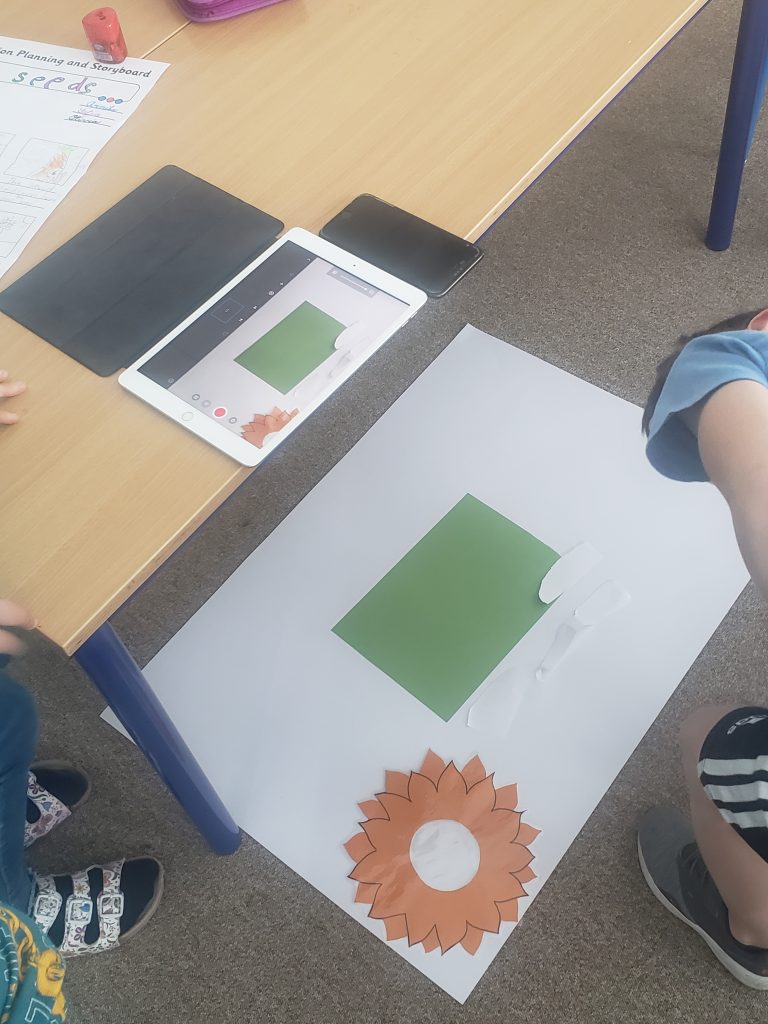Learning through mistakes

One of the most interesting ways to help children in their growth and maturity process is allowing them to make mistakes. When we give them the freedom to make mistakes, we allow them to learn life lessons. However, it is necessary to guide them through this process. Everyone makes mistakes, what is important is how we learn from them. Our society puts more and more pressure on producing ‘perfect and intelligent’ children and sometimes we choose to reinforce this pressure by over-complementing or ‘saving’ them from failure and frustration. For real learning to take place, mistakes need to become a normal part of the day-to-day learning process.
This unit Year 3 undertook the challenge of show-casing their learning about bugs through the process of stop-motion. Even though the process was modeled and explained, details were spared and students were allowed to learn from their mistakes. We are now on a ‘take 2’ of the project, and by showcasing and allowing each student to make constructive criticism about another’s project, the learning opportunities have multiplied and everyone is taking the improvements they think they need for the next step.
A little peek behind the scenes:







Final products will be show-cased in the next blog.



